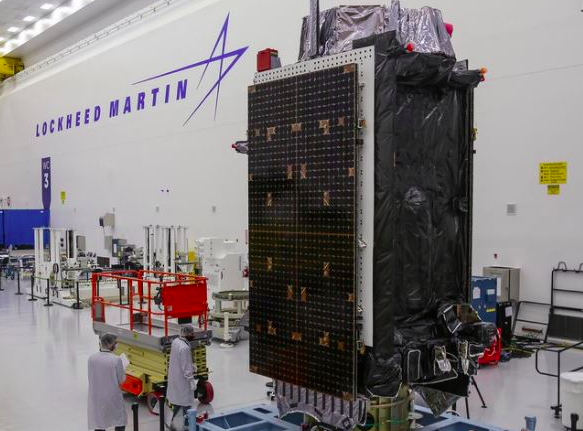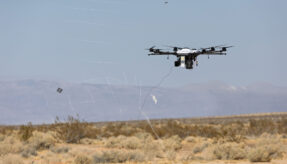
The fifth Global Positioning System III (GPS III) satellite designed and built by Lockheed Martin is now headed to its orbit 12,550 miles above earth.
This marks another step in supporting the US Space Force’s GPS satellite constellation modernisation efforts.
The GPS III Space Vehicle 05 (GPS III SV05) is the latest next-generation GPS III satellite, a warfighting system owned and operated by the Space Force. GPS III SV05 will be the 24th Military Code (M-Code) signal-enabled GPS space vehicle on orbit, completing the constellation’s baseline requirement to provide our military forces a more-secure, harder-to-jam and spoof GPS signal.
GPS III satellites provide significant capability advancements over earlier-designed GPS satellites on orbit, including:
- Three times better accuracy;
- Up to eight times improved anti-jamming capabilities; and
- A new L1C civil signal, which is compatible with international global navigation satellite systems, like Europe’s Galileo, to improve civilian user connectivity.
“With GPS III SV05, we continue our focus on rapidly fielding innovative capabilities for the Space Force’s Positioning, Navigation and Timing Mission,” said Tonya Ladwig, Lockheed Martin vice president for Navigation Systems. “With each satellite we bring to orbit, we help the US Space Force to modernise the GPS constellation’s technology and to imagine future capability. Our next three satellites, GPS III SV06, SV07 and SV08, are already complete and just waiting for a launch date.”
About 90 minutes after a 12:09 p.m. ET liftoff from Cape Canaveral Space Force Station, in Florida, U.S. Space Force and Lockheed Martin engineers at the company’s Denver GPS III Launch & Checkout Operations Center declared GPS III SV05 separated from its SpaceX Falcon 9 rocket and “flying” under their control.
In the coming days, GPS III SV05’s onboard liquid apogee engine will continue to propel the satellite towards its operational orbit. After it arrives, engineers will send the satellite commands to deploy its solar arrays and antennas, and prepare GPS III SV05 for handover to Space Operations Command.
Part of US critical national infrastructure, GPS drives an estimated $300 billion in annual economic benefits and is responsible for $1.4 trillion since its inception. Globally, more than 4 billion military, civil and commercial users depend on GPS’ positioning, navigation and timing signals.
Lockheed Martin is part of the GPS III team led by the Space Production Corps Medium Earth Orbit Division at the US Space Force’s Space and Missile Systems Center, Los Angeles Air Force Base. The GPS Operational Control Segment sustainment is managed by the Enterprise Corps, GPS Sustainment Division at Peterson Air Force Base. The 2nd Space Operations Squadron, at Schriever Air Force Base, manages and operates the GPS constellation for both civil and military users.
If you would like to join our community and read more articles like this then please click here
Global Positioning System III GPS III Lockheed Martin US Space Force







